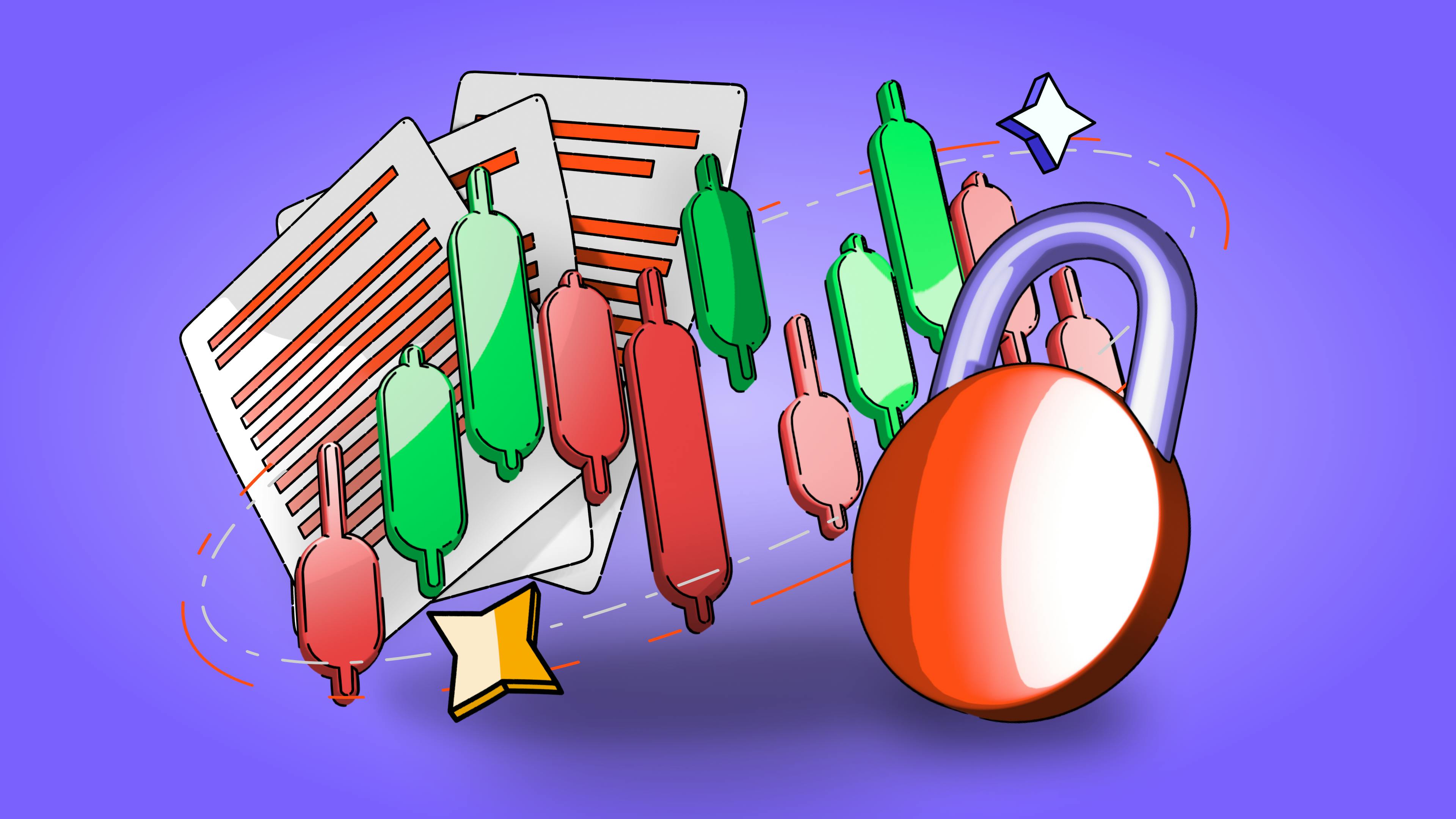Ethereum Merge: What Do We Know?
April 20, 2023

by Kamil S
April 20, 2023
Soon, the Ethereum Mainnet will merge with the Beacon Chain Proof-of-Stake (PoS) system, which will mark the end of Proof-of-Work (PoW) for Ethereum and the full transition to PoS.
What do we know about the Merge, and what does it set the stage for?
The Merge is joining the existing execution layer of Ethereum (i.e., the Ethereum Mainnet that is currently in use) with a new PoS consensus layer, the Beacon Chain.
The Beacon Chain is a coordination mechanism for the new Ethereum ecosystem, a blockchain spine for creating new blocks, ensuring these new blocks are valid, and rewarding validators with ETH for keeping the network secure.
When the Ethereum Mainnet and Beacon Chain finally come together, PoW will be permanently replaced by PoS. As a result, the Merge will help Ethereum to become more scalable, secure, and sustainable by eliminating the need for energy-intensive mining and securing the network using staked ETH.
The Merge date is estimated to take place on September 15th or 16th, 2022.
As previously mentioned, one of the main objectives of the Merge is improving Ethereum’s scalability.
The overall poor blockchain scalability has been a subject of a long-standing debate in the crypto community. In large public blockchains like Ethereum, the scalability problem translates to nodes demanding higher transaction fees to process on-chain transactions. Moreover, it also means a high carbon footprint. Sharding appears to be a solution. Interestingly, the term comes from database research where a shard literally means “a piece of a larger whole”.
To explain the term further, sharding is splitting up the burden of handling the large amount of data needed by rollups over the entire network. Rollups handle multiple Ethereum transactions by “rolling” them up into a single piece of data before submitting them to the blockchain.
Being a multi-phase upgrade, sharding will provide secure distribution of data storage requirements, which will eventually enable cheaper rollups and facilitated node operation. These more easily operated nodes enable Layer 2 solutions in order to offer low transaction fees while leveraging the security of the Ethereum ecosystem.
The only safe way for sharding to enter the Ethereum blockchain is via a PoS consensus mechanism. When merged with Ethereum, the Beacon Chain will pave the way for sharding to improve the scalability of Ethereum.
What you also need to know is that the Beacon Chain contains all the logic for keeping shard nodes secure and synced up. The Beacon Chain will coordinate network stakers, assigning them to shards they need to work on. What’s more, receiving and storing shard transaction data that is accessible by other shards will also facilitate communication between the nodes.
As a result, everything will be kept up-to-date on the Ethereum blockchain.
- Related: How to Withdraw Ethereum to Cash?
The long-awaited Merge is coming! Join Coinmetro’s Discord and Telegram communities to stay informed about the latest crypto developments.
But don’t stop there, sign up to our platform in just a few steps to start trading crypto today!
Tags
Related Articles

Crypto Demo Trading: Practice Risk-free “Paper Trading”
Crypto demo, or paper trading, allows you to practice trading without financial risk. It simulates real market conditions but uses virtual money…
6m

Blockchain for IoT (Internet of Things): Enhancing Device Connectivity
The Internet of Things (IoT) hit 17.08 billion devices in 2024. Experts predict this will grow to 29 billion by 2030. IoT now connects consumer…
8m

Crypto Faucets: Are They Still Worth Your Time?
Crypto faucets are platforms that give away small amounts of cryptocurrency to users for completing simple tasks. These tasks often include solving…
8m

MEV (Maximal Extractable Value) Explained: Impact on Traders
Maximal Extractable Value (MEV) plays an important role in decentralized finance (DeFi), affecting how traders execute transactions on blockchain…
6m